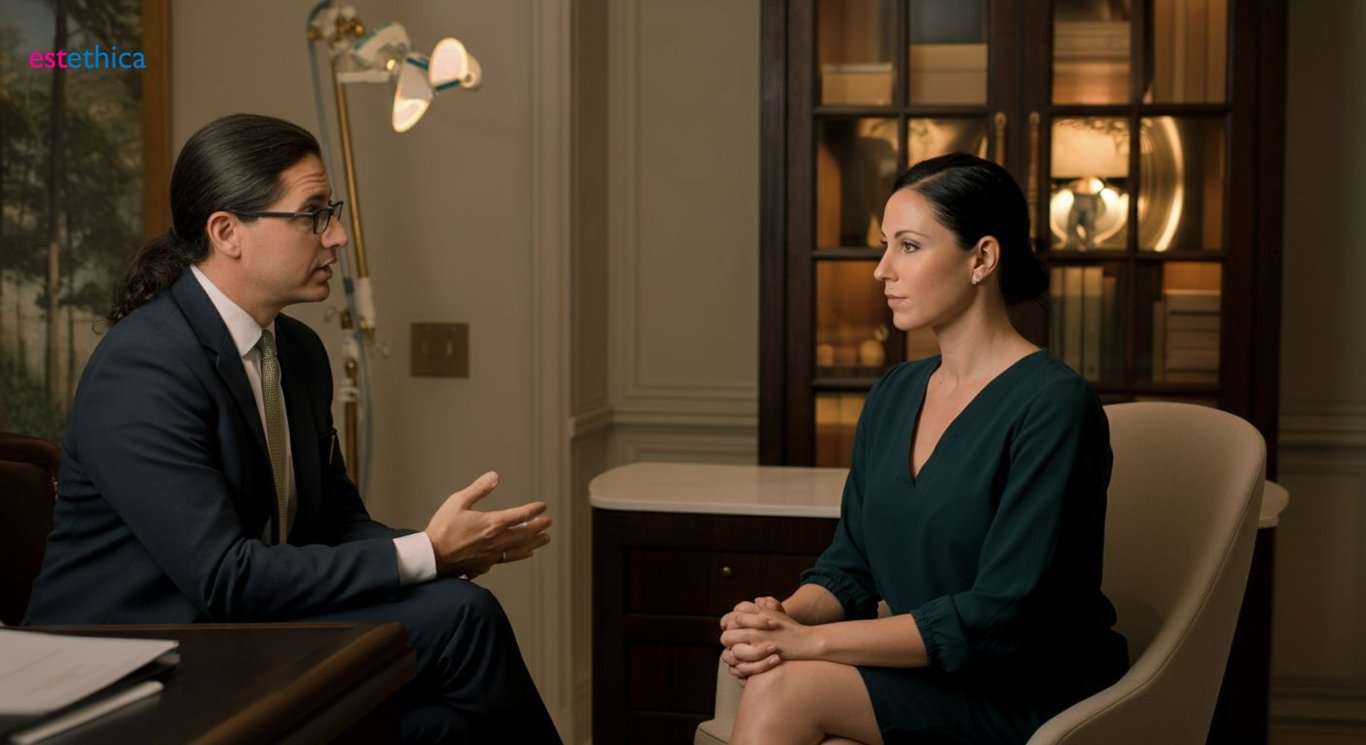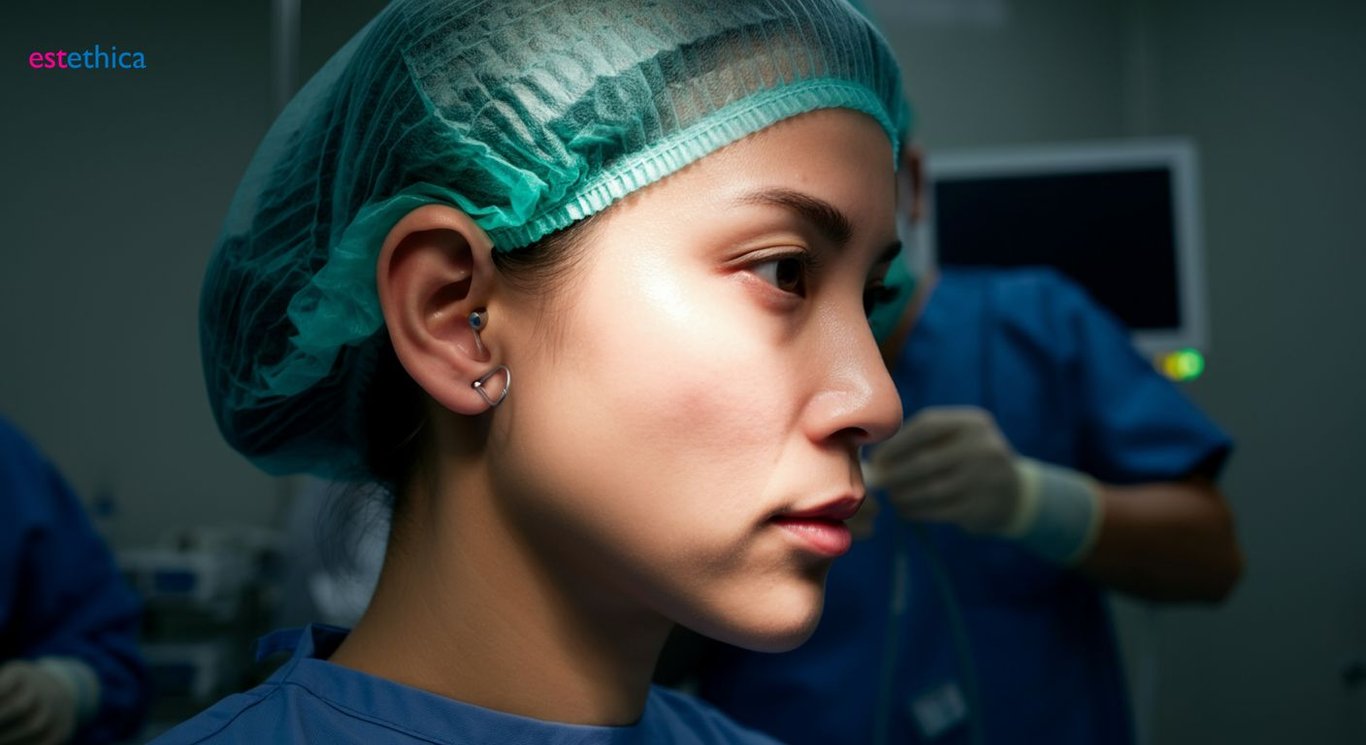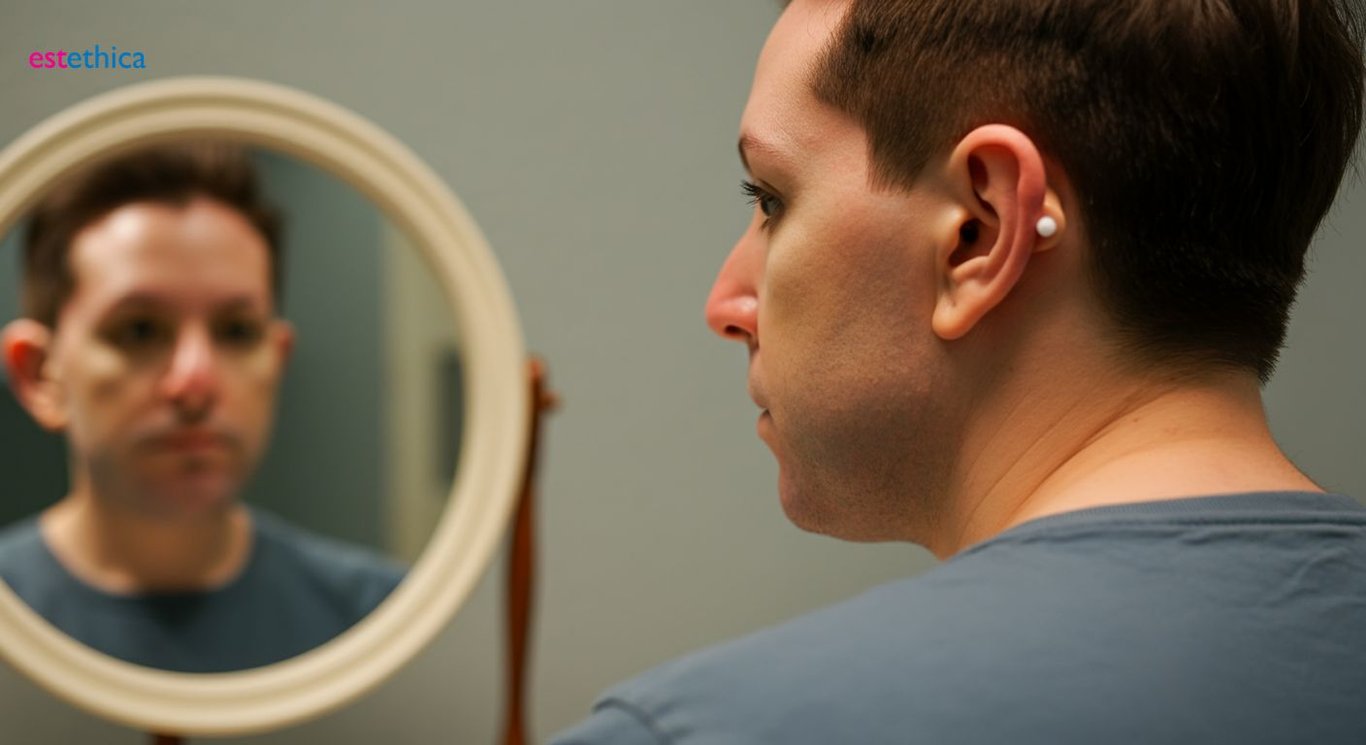Otoplasty: Sculpting Confidence Through Ear Reshaping
Otoplasty offers life-changing confidence by reshaping your ears with modern techniques ensuring minimal downtime and effective results.
Otoplasty, commonly known as ear reshaping surgery, is a transformative procedure enhancing self-confidence and facial harmony. Aimed primarily at repositioning protruding or uneven ears, otoplasty offers a permanent solution for individuals feeling self-conscious about their ears. This procedure promises not only cosmetic improvements but also a boost in self-esteem by aligning one's physical appearance with their self-image. In this comprehensive guide, we'll explore the myriad benefits of otoplasty, assess its suitability for adults, detail the recovery process, and delve into the advanced techniques shaping modern otoplasty practices.
Beyond Prominent Ears: Understanding Otoplasty's Benefits
Psychological and Social Advantages of Otoplasty
Otoplasty offers more than just aesthetic improvements; it significantly boosts psychological well-being by alleviating social anxieties associated with prominent ears. Individuals often face unwanted attention and teasing, which can lead to decreased self-esteem. Otoplasty, or cosmetic ear surgery, helps to correct these issues, fostering a sense of normalcy and self-acceptance. This transformation is particularly impactful for younger patients who are more susceptible to peer pressure and bullying.
- Improved Self-Esteem: Correcting ear prominence leads to increased confidence in social interactions.
- Reduced Anxiety: Alleviates worries about appearance and potential ridicule.
- Enhanced Psychological Well-being: Promotes a more positive self-image and mental health.
The Comprehensive Impact of Ear Reshaping Surgery
The benefits of otoplasty extend to creating a more balanced facial appearance, enhancing overall attractiveness. Ear reshaping surgery for adults and children involves repositioning the ears closer to the head, thus, achieving a more harmonious facial profile. This procedure helps in correcting prominent ears with surgery, which can sometimes be viewed disproportionate to other facial features. As a result, patients often experience a boost in self-confidence and an improved quality of life.
- Consultation: Initial assessment to determine the patient's specific needs.
- Surgical Correction: Precise reshaping of the ear cartilage to achieve desired aesthetics.
- Recovery: Postoperative care to ensure optimal healing and lasting results.

Adult Ear Reshaping: Is Otoplasty Right for You?
Determining Candidacy for Otoplasty
Adults contemplating ear reshaping often seek clarity on readiness and suitability for otoplasty. Ideal candidates include those troubled by functional issues, such as discomfort from wearing helmets or glasses, alongside those desiring aesthetic enhancement. Essential prerequisites involve being in good general health, holding realistic expectations regarding surgical outcomes, and possessing genuine motivation to undergo surgery. Approximately 85% of adults who undergo otoplasty report satisfaction with the results, citing improved self-esteem and comfort in social situations.
- Evaluate Functional Concerns: Assess difficulties with daily activities due to ear shape.
- Consider Aesthetic Desires: Reflect on the specific improvements you wish to achieve.
- Health and Expectations: Ensure good health and a clear understanding of potential results.
The Role of Consultation in Assessing Otoplasty Suitability
A pivotal step involves a detailed consultation with a board-certified specialists in cosmetic ear surgery. This assessment confirms individual suitability, aligning patient aspirations with surgical feasibility. The consultation covers medical history, physical examination, and a thorough discussion of desired outcomes. For example, a person bothered by macrotia may explore ear reduction surgery to achieve better proportion. During the consultation, patients discover options like ear pinning, allowing for personalized surgical plans.
- Comprehensive Assessment: Medical history and physical examination review.
- Goal Alignment: Ensuring surgeon and patient goals match.
- Personalized Planning: Tailoring the surgical approach to individual needs.

Otoplasty Recovery: A Guide to a Smooth Healing Process
Navigating the Initial Days After Otoplasty
The initial recovery phase following an otoplasty is crucial for ensuring optimal results. During this period, patients typically experience swelling and discomfort, which are effectively managed with prescribed medications. Consistent use of a headband is recommended to stabilize the ears and support the new contours. Most individuals find they can return to their normal routines within a week, with some limitations on strenuous activities. Proper aftercare significantly impacts long-term satisfaction, with up to 90% of patients reporting positive outcomes when following all post-operative guidelines carefully.
- Medication Management: Adhering to the prescribed pain relief schedule.
- Headband Use: Wearing the headband as directed to minimize swelling and support ear position.
- Activity Restrictions: Avoiding strenuous activities that could disrupt the healing process.
Long-Term Care and Follow-Up After Ear Surgery
Ensuring the longevity of results from cosmetic ear surgery involves adherence to a structured follow-up schedule with your surgeon. These appointments allow for assessment of the healing process and timely intervention if any issues arise. While initial recovery focuses on reducing swelling and managing discomfort, long-term care involves protecting the ears from trauma and sun exposure. For instance, patients should avoid contact sports for at least six weeks post-surgery, and use sunscreen on their ears to prevent discoloration. Understanding these precautions is vital for maintaining the aesthetic enhancements achieved through otoplasty, with the average patient requiring only minimal intervention beyond the initial year.
- Scheduled Check-ups: Regular visits to monitor healing and address concerns.
- Protection from Trauma: Avoiding activities that could impact the ears.
- Sun Protection: Applying sunscreen to prevent discoloration and maintain skin health.

Ear Pinning & Beyond: Exploring Modern Otoplasty Techniques
Innovations in Techniques for Otoplasty
The field of otoplasty has seen remarkable advancements, offering more refined and less invasive options for patients. Traditional ear pinning remains a solid choice for those seeking significant correction. However, modern methods such as cartilage scoring and suture techniques have emerged. Cartilage scoring involves making small incisions to reshape the ear cartilage, while suture techniques use permanent sutures to hold the ear in its new position. These innovative approaches minimize scarring and reduce recovery times, enhancing the overall patient experience. Today, approximately 60% of otoplasty procedures incorporate these minimally invasive techniques.
- Cartilage Scoring: Reshapes cartilage with minimal incisions.
- Suture Techniques: Uses sutures for precise ear positioning.
- Reduced Recovery: Offers quicker healing compared to traditional methods.
Advanced Planning and Tailored Approaches in Modern Ear Surgery
Contemporary ear surgery benefits from advanced imaging technologies that allow surgeons to meticulously plan each procedure. Pre-operative imaging provides detailed anatomical insights, ensuring a tailored approach to unique anatomical considerations. For instance, 3D imaging helps surgeons visualize the exact changes needed in cases of lop ear correction or ear reduction surgery. This precision enhances the aesthetic outcome and minimizes the need for revisions. The use of such technology exemplifies the transition towards more personalized and effective cosmetic ear surgery.
- Pre-operative Imaging: Detailed anatomical assessment for precise planning.
- Tailored Techniques: Customized approaches based on individual needs.
- Enhanced Results: Improved aesthetic outcomes and reduced revision rates.
Cartilage Scoring and Suture Techniques: Minimally Invasive Otoplasty for Enhanced Patient Experience
estethica employs advanced otoplasty techniques, including cartilage scoring and suture methods, to reshape ear cartilage with minimal incisions. These innovative approaches reduce scarring and decrease recovery times, enhancing the overall patient experience and aesthetic outcomes.
estethica's plastic surgeons are highly skilled in performing cosmetic ear surgery, including otoplasty. They provide comprehensive consultations to determine the best surgical approach for each patient's unique needs, ensuring personalized and effective treatment plans aligned with the "Sağlıklı Güzellik" philosophy.
Structured Follow-Up and Protective Measures Ensure Long-Term Otoplasty Success and Patient Satisfaction
estethica provides a structured follow-up schedule to monitor the healing process and ensure timely intervention, if necessary. Patients receive detailed aftercare instructions, including protecting the ears from trauma and sun exposure, to maintain the aesthetic enhancements achieved through otoplasty.
estethica is committed to maximizing patient satisfaction by providing clear and comprehensive post-operative guidelines. Patients receive detailed instructions on medication management, proper headband use, and activity restrictions to support optimal healing and long-term results.
Frequently Asked Questions
What is otoplasty and who is a good candidate for cosmetic ear surgery?
What is involved in otoplasty recovery time and what are some tips for a smooth process?
What are some modern otoplasty techniques beyond traditional ear pinning?
How do advanced imaging technologies enhance ear surgery?
What is lop ear correction and who is the right candidate?
Ready to discover your healthy beauty with estethica’s expert consultations?
📞 Schedule Your Free Consultation!